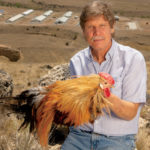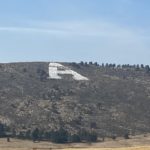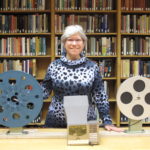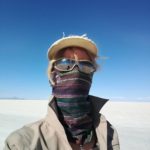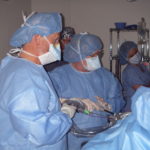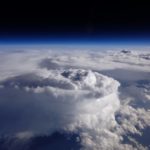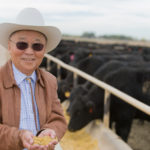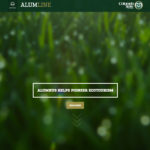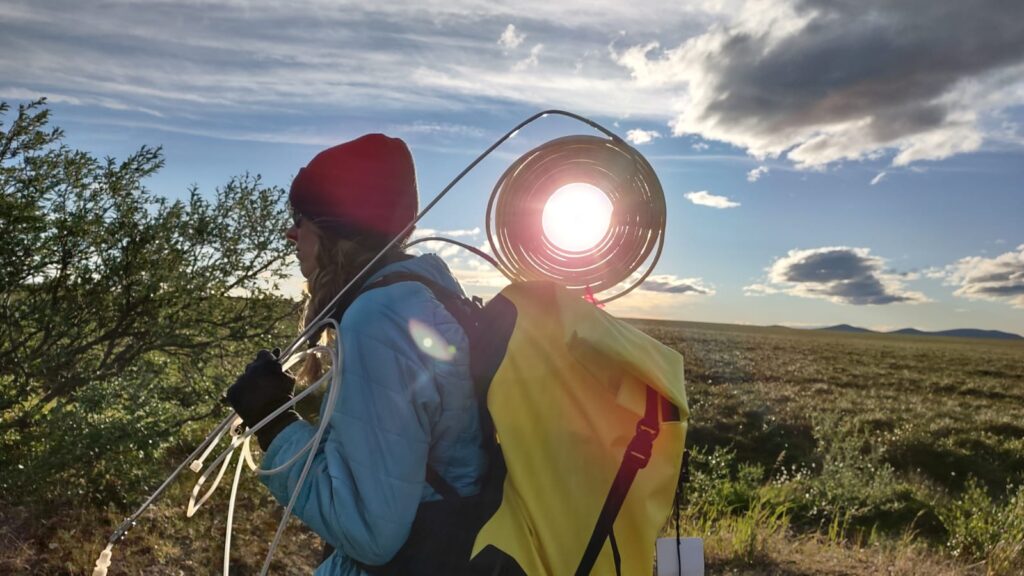
It’s quiet on the Arctic tundra. And cold. Even in the dead of summer when the sun never sets, the wind blowing off the sea ice can cut through multiple layers of clothing and feel as painful as a polar bear’s bite. It feels barren, too, but only at first. The more time you spend there, the more you notice – a snowy owl diving for a lemming, an arctic fox playfully dancing through the bogs, migrating birds silently flapping overhead. When the conditions are right, tiny flowers will burst into bloom and paint the tundra white, red, purple, and blue. It’s easy to get lost in the serenity, but keeping a sharp eye out for the iconic ursus maritimus lumbering off the sea ice in search of rest is always a good idea.
This is the environment Macall Hock (B.S., ’17) finds herself in every year from May through September as she conducts research on a lesser-studied but greatly important feature that will help the world understand climate change more systemically – arctic streams.
“We often think of streams as not that important: they’re small and don’t export as much water as rivers, they’re typically a headwater and reaching them can be a barrier, and the loss of sea ice is so much flashier,” Hock said from her research station in Utqiagvik, Alaska. “But when you look at the whole river network, streams make up a greater proportion and cumulatively cover more of the landscape. By ignoring streams, you ignore the whole system.”

Especially when it comes to how those streams are storing, transporting, and emitting carbon dioxide and other greenhouse gases. That’s the basis of Hock’s research, and it’s what taken her from Evergreen, Colorado, to Colorado State University to San Diego State University (where she is working toward her Ph.D. in ecology) to the far reaches of Alaska’s Northern Slope.
Hock has always been driven to leave the planet better than she found it. Looking to achieve that goal is what led her to CSU (the same place where her parents, friends, and many family members attended) to study chemical and biological engineering in the Walter Scott Jr. College of Engineering. It was an intense degree to earn, and that meant Hock spent more time hitting the books than the social scene.
“I spent a lot of time studying hard and taking my studies seriously, so I didn’t have the ‘traditional’ college experience,” she said with a laugh. “But I loved my time at CSU, the campus, Fort Collins – I made lifelong friendships there and I wouldn’t change a thing.”
Originally intending to focus on plastic alternatives, Hock said that trajectory began to change once she was actually in the classroom at CSU, and especially once she was in the lab.
“During my time at CSU, I cultivated this side of me that began when I was growing up in a small mountain town where we did a lot of skiing, hiking, camping, and spending time outside. That evolved in me more and more [at CSU], and I realized lab research wasn’t going to make me happy,” she explained. “I wanted to still do environmental work, but I needed to be doing it outside.”

It took a few years of pondering, a stopover in Denver to do air quality consulting work, and then an application and acceptance to graduate school in Southern California, but eventually, Hock was able to go from the confinement of the laboratory to the vast expanses of the arctic.
“There are no weekends and no days off – if the weather permits, we’re outside doing what we need to do,” she said. “It’s a wild experience, but when you have these days without the wind or the bitter cold, it’s so quiet and peaceful. Those are the days that really remind me of what I’ve fallen in love with and what I’m working for.”
Spending summers in the arctic is a wonderful experience for Hock, but that doesn’t diminish the importance of her work. Especially when you consider that, despite the importance of understanding how arctic streams connect to climate change, she is one of only a handful of people studying it. The research is so novel, there is no baseline data to compare to. Hock is building that baseline herself.
“It’s not that this issue wasn’t important 20 years ago, it was, but the resources weren’t there,” she said. “The research is still very new, but I think we’re starting to understand how important streams are to this region.”

For Hock, a typical day in the field involves driving a couple miles outside of Utqiagvik (which is still very-much an Indigenous village with the local community living life and practicing their culture in the same way they have for thousands of years), parking, and then walking a few more miles through the frozen wetlands toward the streams. Once there, she begins sampling the water for flow rate, PH levels, temperature, and, of course, the amount of carbon in it. When it comes to the latter, Hock is focused on vertical and lateral transport of carbon in the streams, as well as landscape effects.
“Vertical transport is the movement of carbon vertically, or up, out of the stream to measure the greenhouse gases, mostly carbon dioxide, being emitted from the stream,” she explained. “Lateral transport is the downstream movement of carbon, and then I look at how the landscape features of the tundra influence how the carbon gets to the stream.”
Thawing permafrost is a crucial component to carbon dioxide escaping the arctic environment, Hock added, and while most of us are used to hearing about the amount of carbon dioxide in our atmosphere, there is twice as much carbon in permafrost. It’s been safely locked away for thousands of years, but as the planet warms those frozen chunks of soil and sediment unfreeze and release the potent gas into the air and streams. That starts a chain reaction because the more CO2 that gets into and escapes the stream, the warmer the climate becomes and the more the permafrost thaws.
“On average, the arctic is warming up to four-times as quickly as the rest of the planet,” Hock said. “That’s a big reason why I wanted to do my research here: I want it to help people understand how the climate in general is going to be affected by the amount of carbon in these streams.”
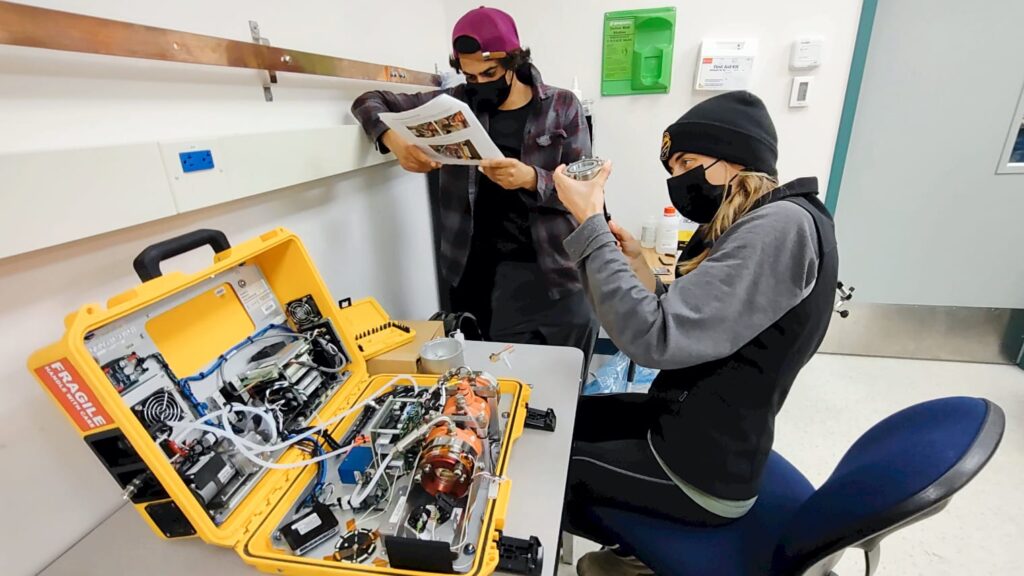
Back in the lab at the research station, Hock said she believes that by the end of this summer, she’ll have developed enough baseline data to measure against it in the future. If she can show that the carbon found in the streams is both increasing and influencing the warming rate, she hopes other scientists will take a greater interest in arctic streams and start doing studies of their own.
“I want to fill the knowledge gap to show the importance of arctic streams for climate predictions, but it’s hard to get people interested in permafrost” she said with a knowing grin. “My ultimate goal for my career is to have an influence, especially as it relates to the conversation of the arctic. It’s not too late. We can still protect the land and the wildlife.”




















